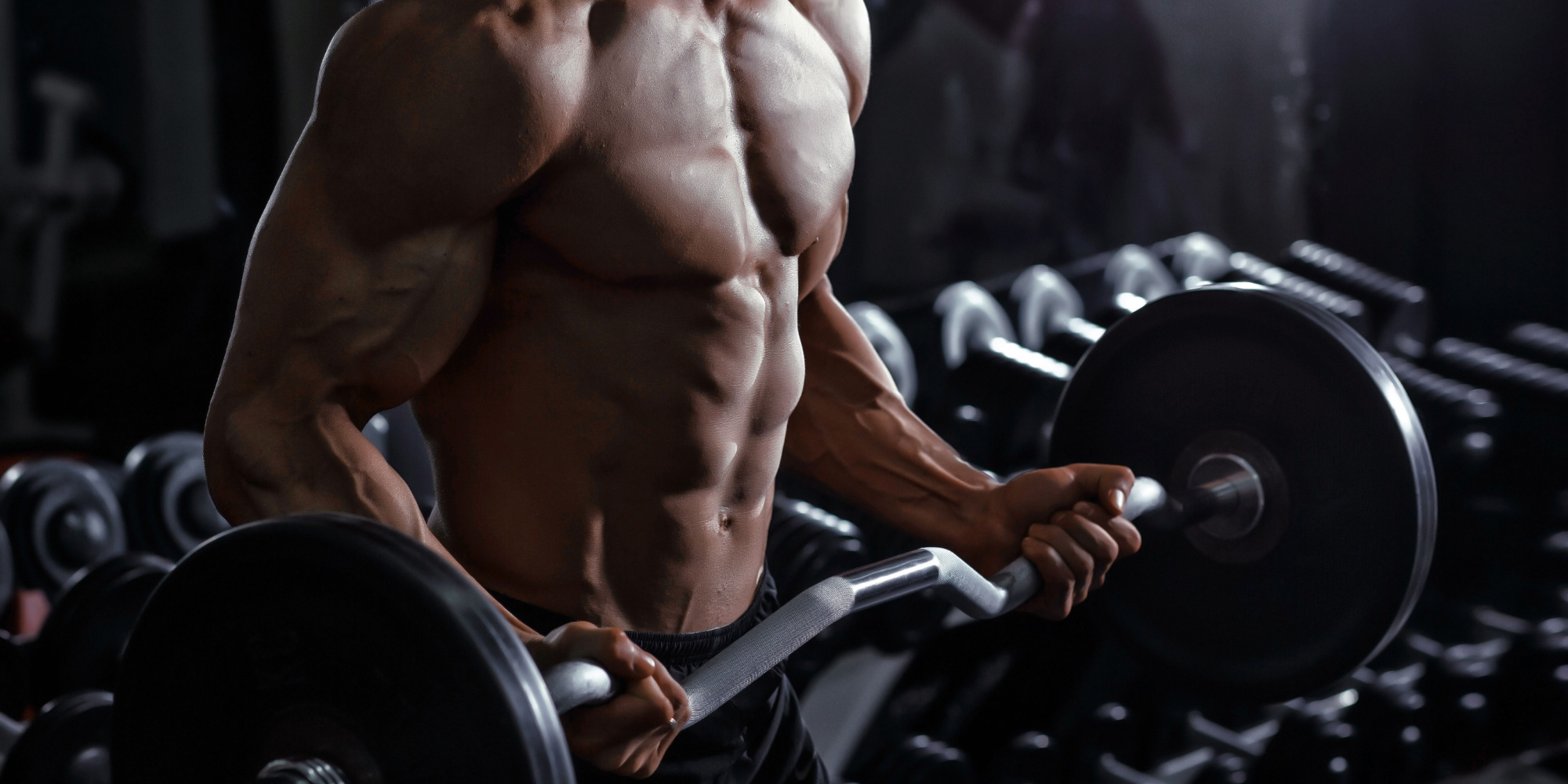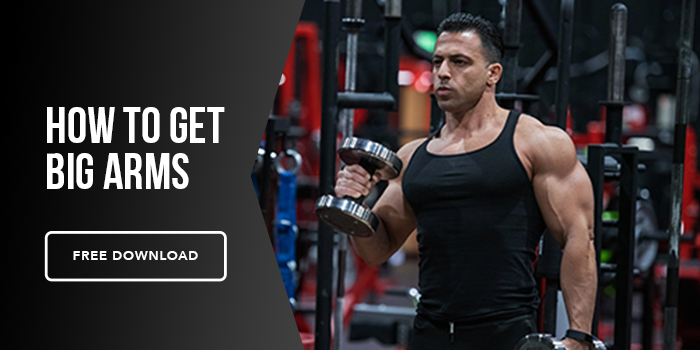The arms are usually the first things people associate with when it comes to looking big and muscular; along with the shoulders, they are easily noticeable when defined and toned, and are usually associated with someone who works pretty hard in the gym.
What’s kind of funny is that it really isn’t THAT hard to get big biceps and triceps. True, you need to put in the effort, but the great part about these muscle groups is that they are small, so they don’t take as much energy to initiate a muscle building response compared to the back or lower body. The muscles that make up the back and legs are bigger than the arms of the muscle, so you don’t need as much of a stimulus if you want to grow the biceps and triceps.
So that’s the good news!
When it comes to the type of workout routine to use for your biceps and triceps, you want to take more of a bodybuilding approach. Unlike other styles of lifting where the focus could be on power or strength, muscular endurance would work better in your favor. With body building, aesthetics are the name of the game, and bigger, more chiseled muscles are what you want to accomplish.
In terms of how you train for muscular endurance, you are not trying to lift the most amount of weight as you can. During your training, you most certainly will get stronger, but unlike powerlifting or Olympic lifting, higher reps, along with volume, are what matter. Instead of looking to beat your 1RM, you don’t want to be doing less than 8 reps of an exercise; most people will be in an 8 to 12 rep range, or 15 to 18 if you’re female, new to lifting, or lifting to failure. In fact, lifting to failure, or doing as many reps as possible until form breaks, is a tactic many lifters use to get that “pump” for specific muscles they want to enhance.
I mentioned volume, and for a good reason. You can’t just incorporate biceps and triceps exercises into one workout per week; you need to be completing at least 6 to 9 sets of exercises that isolate these two muscle groups, 2 to 3 days a week, which we call Focus days. If you’re not used to isolating these muscles, your first month or so will probably have 2 Focus days a week, then you can increase the volume by adding a third Focus day, or adding triceps and biceps to the end of one of your other workouts during the week.
When programming your workouts during Focus days, you want to choose exercises that isolate those specific muscles; you don’t want other muscles overpowering the biceps or triceps because they need to be acting as the prime movers (or the agonists). Movements like bicep curls, skullcrushers, cable pushdowns, and preacher curls, are all examples of exercises that emphasis either the biceps or triceps. Other days during the week, when you are doing more of a total body workout that utilizes larger muscle groups, you’ll still be working the biceps and triceps, but to a lesser degree. Biceps assist during pull-ups, but the lats are the prime mover. Same thing with a barbell chest press–the triceps assist the pecs.
And lastly, rest periods are to a minimum. If you are resting for more than a minute between sets, you are waiting too long. When it comes to improving muscular endurance, and achieving muscle hypertrophy, rest periods can play a major role in the workout protocol’s success. During your compound lifts that require bigger muscle groups, you need to take longer rest periods; but for your biceps and triceps, 30 to 60 seconds is all you need.
If you really want results in the form of bigger, more defined biceps and triceps, you can check out the MAPS MODS page, which offers workouts specific to certain muscle groups. You can also check out MAPS Aesthetic, a tough yet effective workout program that hits all the main muscle groups, but allows time to develop certain areas you want to focus on as well. Both of these resources are excellent in terms of muscle specificity and development.






